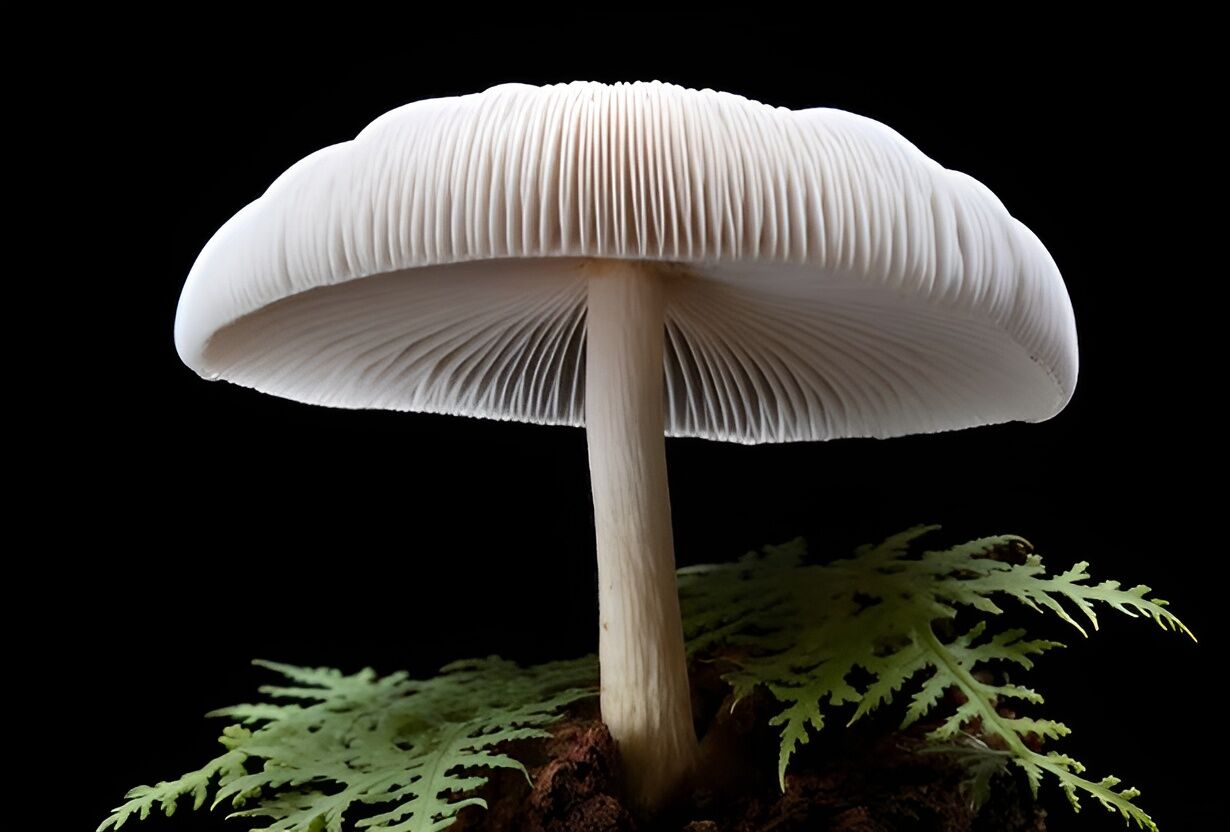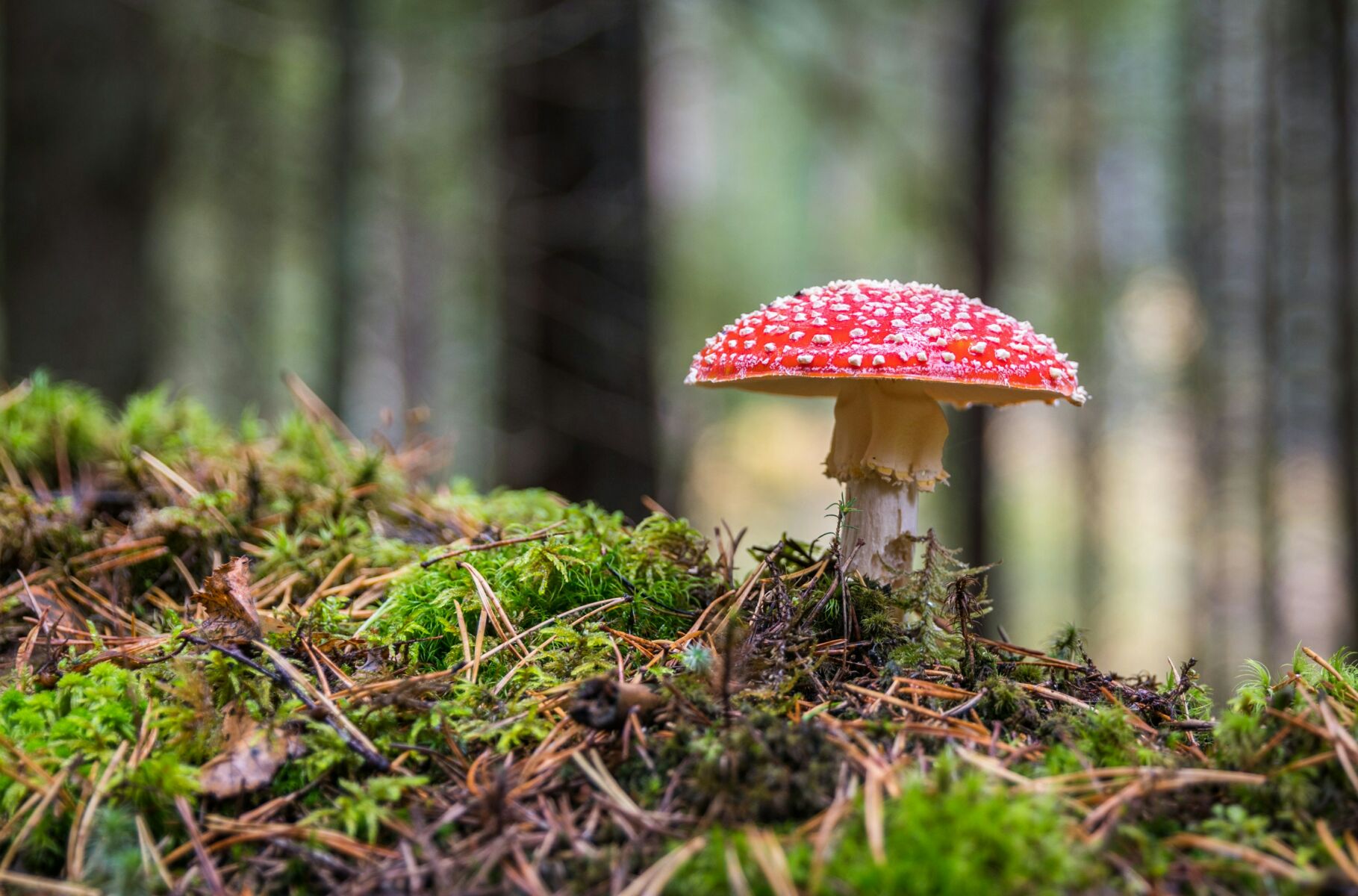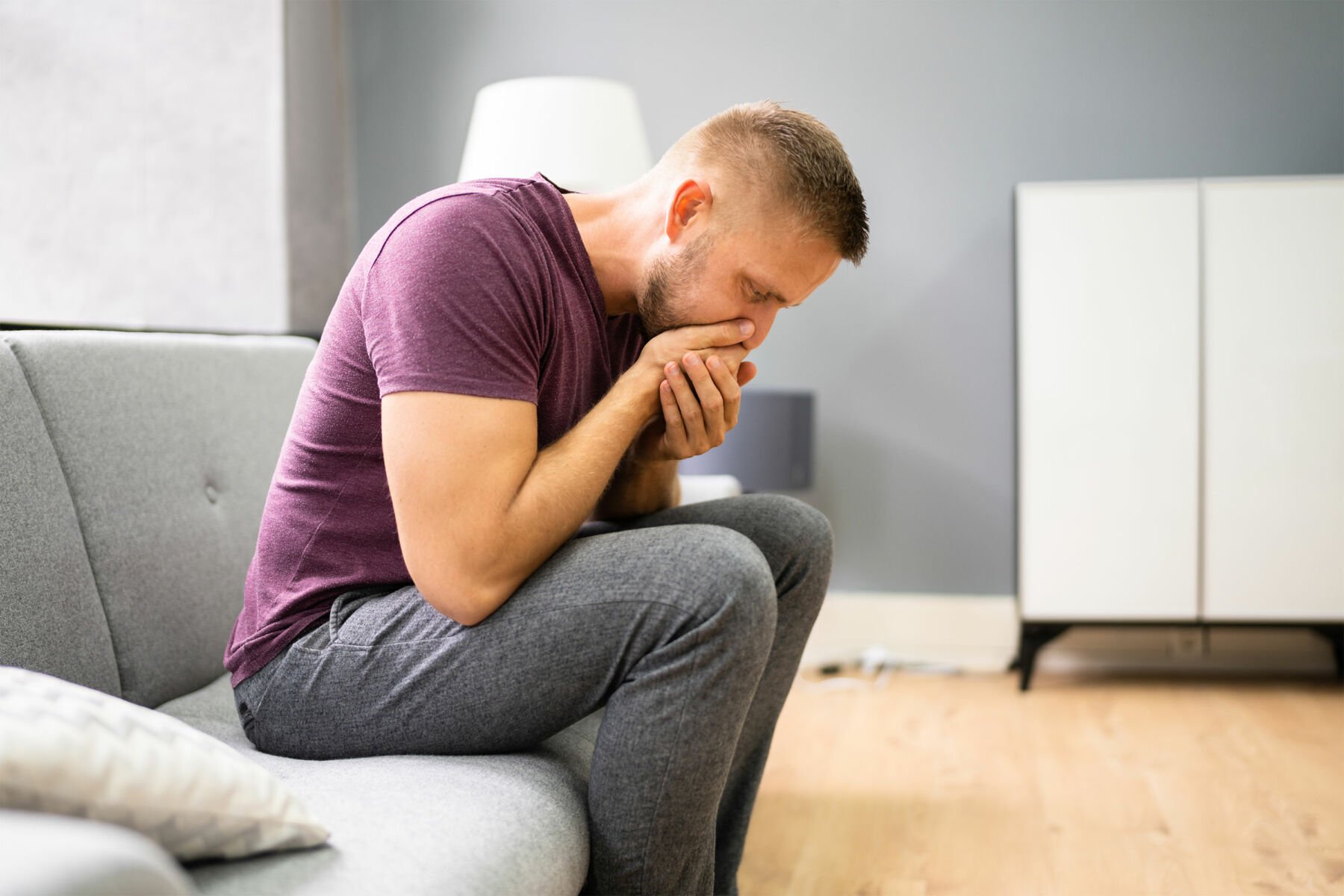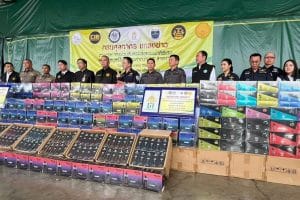Thailand’s Department of Disease Control warns about poisonous wild mushrooms

If you’re one of the adventurous souls who enjoy foraging for wild mushrooms, especially in the rainy season when lots of wild mushrooms emerge, it’s time to be extra cautious. The Department of Disease Control, under Thailand’s Ministry of Public Health, has issued a stern warning: many wild mushrooms can be “poisonous mushrooms” and pose a serious risk, including death.
Identifying the risk
Dr Thongchai Keeratihatthayakorn, Director-General of the Department of Disease Control, emphasised the increasing danger as various types of wild mushrooms flourish naturally. While some mushrooms are safe to eat, others look deceptively similar but are deadly. Each year, numerous individuals fall ill, and some even die, after consuming these toxic fungi, particularly in mountainous forest areas where wild mushrooms are commonly foraged.
From January 1 to June 23, 2024, there have been 14 reported incidents of food poisoning from poisonous mushrooms, affecting 60 people and resulting in 6 deaths. Victims range from a 1-year-old child to an 87-year-old senior, with the majority being late adults aged 36-60. Tragically, the six fatalities were aged between 19 and 76.

Regional reports of mushroom poisoning
This year, cases have been reported in seven provinces:
Loei: 6 incidents, 16 patients, 2 deaths
Tak: 2 incidents, 9 patients, 2 deaths
Mae Hong Son: 1 incident, 1 patient, 1 death
Yasothon: 2 incidents, 12 patients, 1 death
Udon Thani: 1 incident, 14 patients, no deaths
Chiang Rai: 1 incident, 3 patients, no deaths
Chaiyaphum: 1 incident, 5 patients, no deaths
The primary sources of these poisonous mushrooms are forests, gardens near homes, and other familiar collection sites. The specific types of mushrooms responsible for fatalities include the highly toxic stone rhubarb mushroom and blood charcoal mushroom.
Poisonous mushrooms that look edible
Dr Apichart Wachiraphan, Deputy Director-General of the Department of Disease Control, explained that many poisonous mushrooms have dangerously similar appearances to their edible counterparts. For example:
- White Rhubarb Mushroom (Edible) vs. Stone Rhubarb Mushroom (Poisonous): The latter lacks scratches around the cap and has a smooth or slightly hairy stem with a solid interior.
- Large Charcoal Mushroom (Edible) vs. Blood Charcoal Mushroom (Poisonous): The poisonous version is smaller and exudes a red-orange latex.
- Cylindrical Mushroom (Edible) vs. Chinese Hat Mushroom (Poisonous): The toxic variety has a rough cap surface with distinctive lines and a raised bump.
Symptoms and immediate actions
Symptoms of mushroom poisoning can appear within minutes to hours after consumption, ranging from mild dizziness and vomiting to severe cases of kidney and liver failure, and even death. If you experience any unusual symptoms after eating mushrooms, seek medical attention immediately. Bring a sample of the remaining mushrooms or a photo to assist healthcare providers in diagnosing the problem. Inform others who ate from the same batch to monitor their health closely.
For initial first aid, consuming activated charcoal can help absorb some of the toxins, and sipping water can prevent dehydration. However, it is crucial to get to a hospital as soon as possible.

How to stay safe
The Department of Disease Control advises against picking or consuming wild mushrooms unless you are absolutely certain of their safety. It’s safer to buy mushrooms from known or cultivated sources. Here are some key tips:
- Avoid wild mushrooms: If unsure, do not pick or eat them.
- Cook mushrooms thoroughly: Never eat raw mushrooms.
- Avoid alcohol with mushrooms: This can exacerbate poisoning effects.
- Heat resistance: Be aware that many poisonous mushrooms are not neutralised by cooking.
When in doubt, check it out
If you have any questions or need more information, the Department of Disease Control is available to help. Call their hotline at 1422 for advice and assistance.
Stay safe and informed
Wild mushroom foraging can be a rewarding experience, but it comes with significant risks. By staying informed and exercising caution, you can enjoy nature’s bounty without jeopardising your health. Remember, If you do not know mushrooms or are not sure, do not pick or eat them.
Latest Thailand News
Follow The Thaiger on Google News:


























